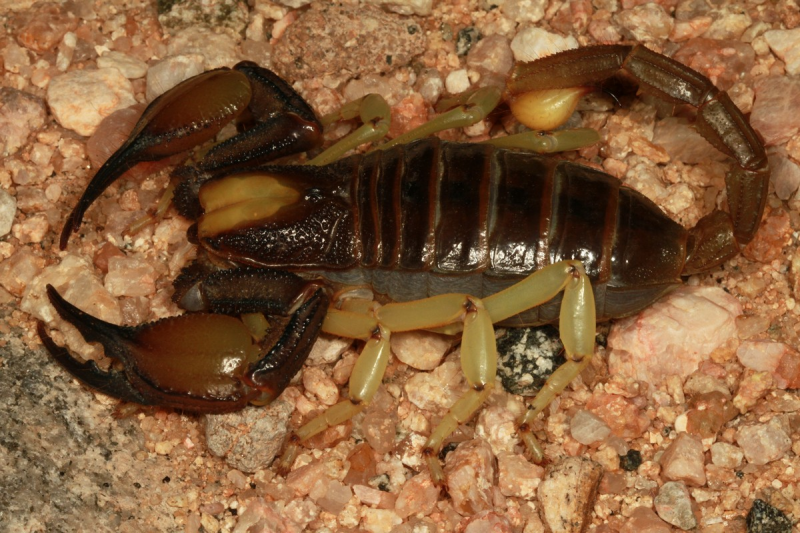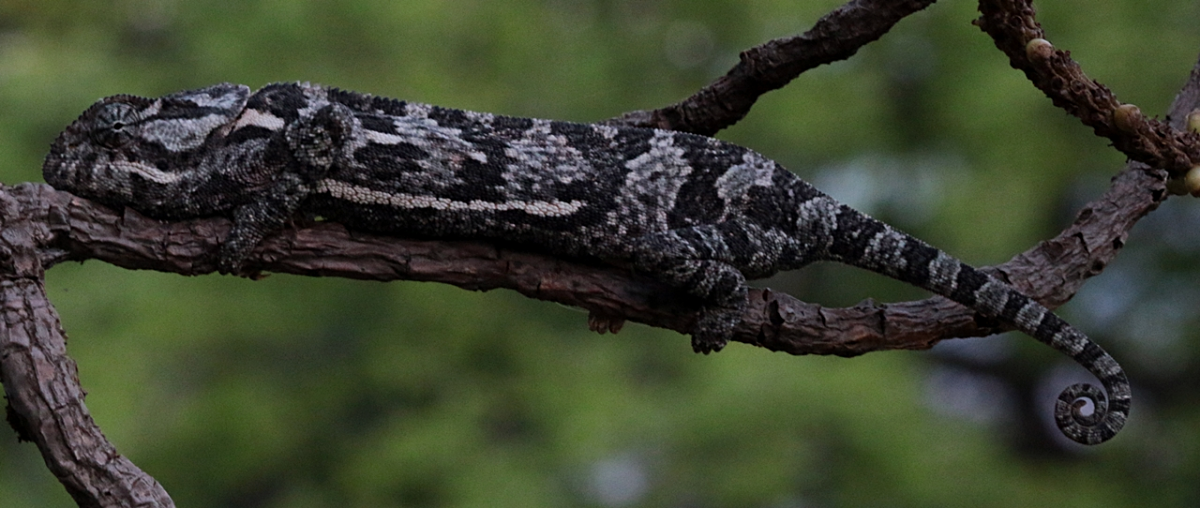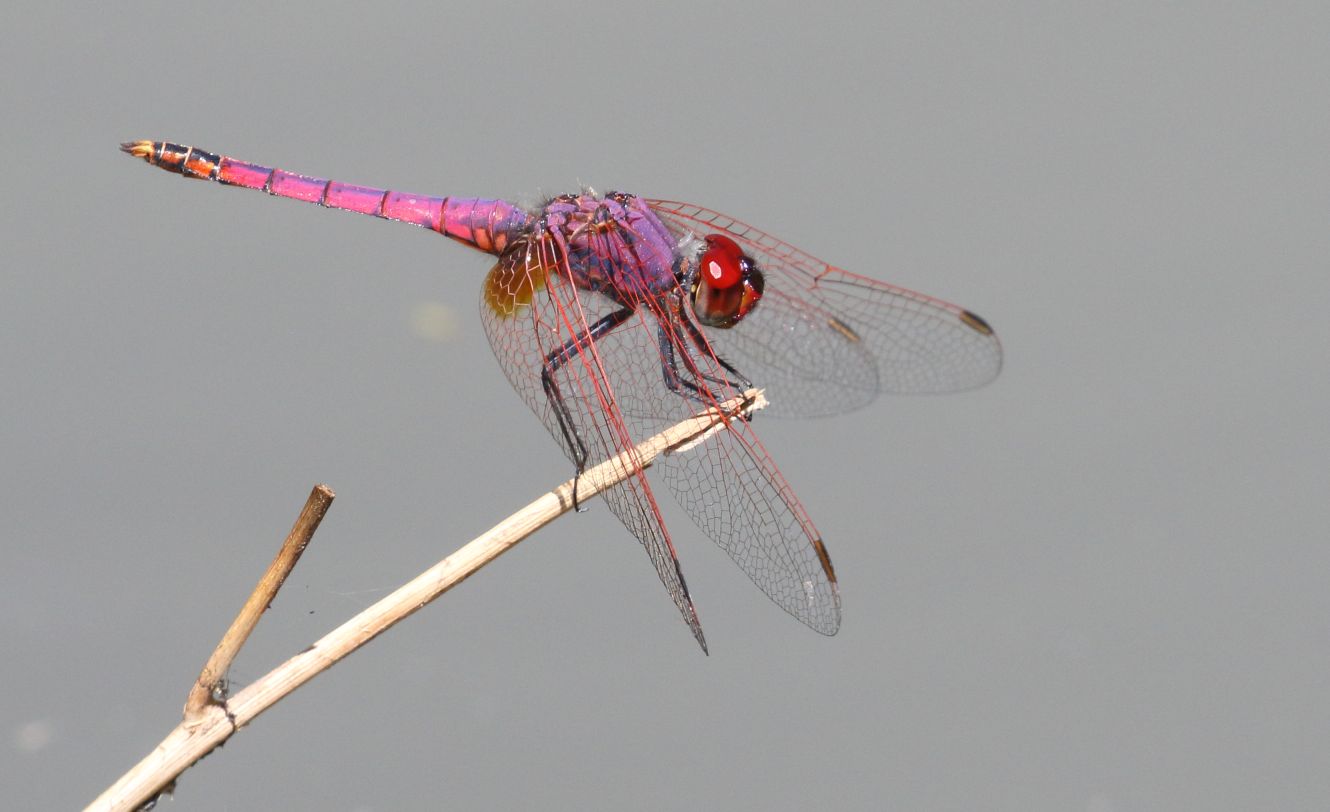How frequently can the species in the photograph be identified?
We asked this question “What’s the value of a photo?” of seven of the taxa in the Virtual Museum (http://vmus.adu.org.za). We looked at scorpions, lacewings, birds, frogs, reptiles, butterflies, and dragonflies and damselflies.
What happens is this. Citizen scientists upload their photographs into the Virtual Museum. A record can consist of one to three photographs. The second and third photographs are usually used to show different angles on the animal, or they can be used to show habitat. They will know that the record is butterfly, and that it ought to be submitted to LepiMAP, and that the scorpions go to ScorpionMAP, etc. But they don’t need to know what species they are uploading (although they can submit their identification, or even tentative identification). For each of these groups of species, there is an expert panel consisting of specialists, often citizen scientists themselves. These experts do their best to make an identification to species (or even subspecies level for some butterflies and reptiles). But they are careful, and if the identification cannot be made with certainty to species level, they allocate a genus, and sometimes even a family. This mostly happens when the photo is a bit blurred, or if the critical ID feature is not shown. And some species can only be identified when the species is captured, and the critical diagnostic features, often the genitals, are examined with a magnifying glass! The identifications are displayed for all to see and examine on the Virtual Museum website; as a result, the members of the expert panels tend to err on the side of caution.
Let’s work our way through the seven groups. For each group of species, we will count the number of records submitted, and calculate the percentage which have been identified to species level. Each group is illustrated with a recently uploaded record from the Virtual Museum.

Scorpions. We expected the scorpions to be tricky. But of the first 3,259 scorpions to be submitted to ScorpionMAP, 3,259 have been identified to species. That is an incredible 98.6%.

This is one of the “green lacewings”. It is identified to family Chrysopidae. To see more detail, go to LacewingMAP and look at http://vmus.adu.org.za/?vm=LacewingMAP-15501. This photograph was uploaded from Swaziland by Kate Braun. Mervyn Mansell comments: “Unfortunately it is not possible to identify any closer. It is quite difficult to distinguish between the various green lacewing species without a close examination of the wing venation and the male genitalia. The females of the different species are difficult to separate even if wing venation is clear. Some species are, however, characteristic and can be distinguished from photos, This is is possibly one of the members of the genus Chrysoperla”
Lacewings. We knew the lacewings would be really really difficult. For the “green lacewings”, the Chrysopidae, many species need to be dissected to identify them! In spite of the problems, Mervyn Mansell, the lacewing specialist, has identified 1,556 of the 2,380 records uploaded to LacewingMAP to species. That is a commendable 65.4%. Even for the green lacewings, the ID-to-species rate is 35%. That is far higher than Mervyn anticipated when LacewingMAP started.

http://vmus.adu.org.za/?vm=BirdPix-63485
Birds. 61,657 bird records have been submitted to BirdPix. 61,518 have been identified to species. That is 99.8%. That is the highest rate of all. BirdPix has the potential to make a huge contribution to the African Bird Atlas. Wherever you are in Africa, take photos of birds and upload them. The chances of the species being identified are overwhelming!

http:// http://vmus.adu.org.za/?vm=FrogMAP-9077
Frogs. The frogs are potentially difficult to identify from photographs. Sometimes the key ID features can only be seen if there is a series of photos from different angles. The number of records submitted is 8,221, of which 7,898 have been identified to species. That is 96.1%. Given the difficulties, that is remarkably high.

http://vmus.adu.org.za/?vm=ReptileMAP-167772
Reptiles. The number of sets of reptile photos uploaded to ReptileMAP is 19,980. Many species of reptile are cryptic, and identification involves counting scales, etc. So it is not self-evident that the rate of identification from photos will be large. But the success rate in the Virtual Museum is an astonishing 98.8%. 19,736 of the records have been have identified to species or subspecies level.

Butterflies. The butterflies constitute the largest component of the Virtual Museum. There are 88,892 sets of up to three photographs. 95.3% have been identified to species or sub-species level. There are six families of butterflies, and four are unproblematic! 88% of the butterflies identified to family or genus level come from two families: the Lycaenidae (the blues and the coppers) and the Hesperiidae (the skippers). These are the two tricky families with lots of lookalike species.

Dragonflies and Damselflies (the Odonata). The OdonataMAP database is growing fast. It now consists of 56,039 records. This is another tricky group, in which identification depends on subtle features. In spite of this, the expert panel has identified 51,291 records to species level. That’s an amazing 91.5%.
Take home message. 95.6% success rate in identifying to species!
The take home message. The question we asked at the start was “How frequently can the species in the photograph be identified?” Across the seven groups of species considered here, by November 2018, a total of 240,428 records have been submitted to the Virtual Museum. That is almost a quarter of a million records. Of these, 229,927 have been identified by one of the expert panels to species (or subspecies) level. That is an impressive 95.6%. For six of the seven groups, the identification-to-species rate exceeds 90%. The lacewings get dragged down by the “green lacewings”. The take home message has to be that the value of a photo record to biodiversity mapping at the species level, as done by the Virtual Museum, is massive.


Hi, Les –
– an old story, but still I wait in vain for response in Trees and Mushrooms. I have put quite a lot of effort into these two, and am currently updating more tree records for posting.
With best wishes,
Dave K